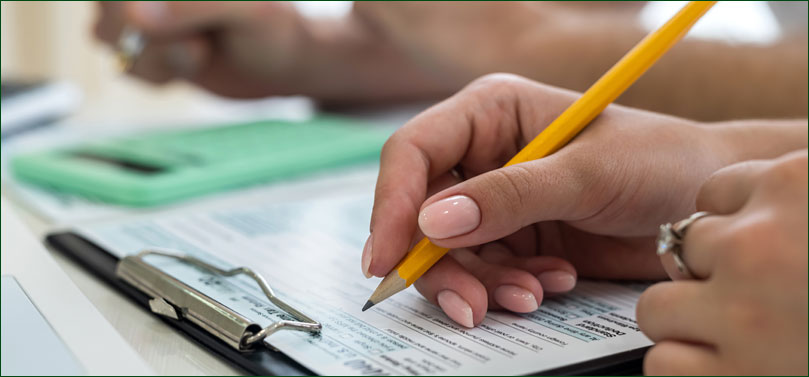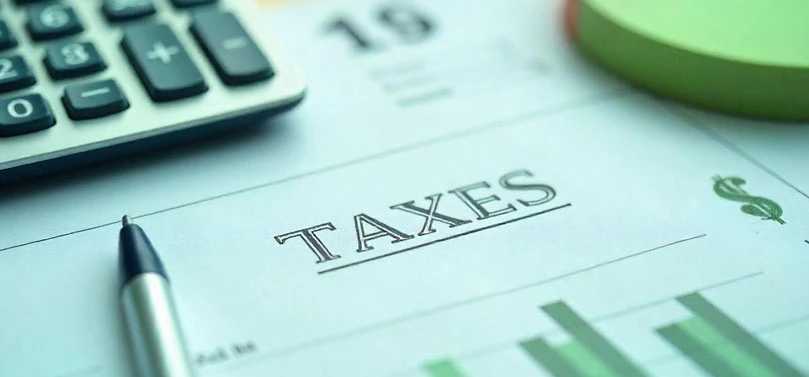The IRS issued more than 128 million income tax refunds for the 2020 filing season, putting $355.3 billion into the hands of U.S. consumers.1 For most recipients, such a sudden influx of cash prompts an important question: What’s the best way to use the money if you get a refund?
Last year, 27% of consumers said they planned to spend their refund on everyday expenses, whereas equal numbers (8%) planned to either “splurge” or take a vacation.2 But what about your other options?
Debt Decisions
Though spending your tax refund is tempting, most people surveyed said they planned to save their tax refund and/or pay down debt.3 While reducing debt can be the cornerstone of an effective financial strategy, it’s essential to avoid making choices that could set you back in the long run. For example, a home mortgage is often the largest debt taxpayers carry, and making extra mortgage payments can reduce your principal balance and shorten the term of the loan, allowing you to accumulate equity faster.
However, using a refund to cut down mortgage debt ahead of schedule could have counterproductive consequences, including losing the ability to claim the home mortgage interest deduction if you itemize. In addition, the reduction in your overall liquidity may limit your ability to make new purchases or investments that you hadn’t anticipated.
With that in mind, it may be better to pay off higher-interest, nondeductible debt first, such as credit-card bills and car loans. Although that strategy may still limit your potential to pursue additional financial opportunities in the short term, your long-term savings may be significant.
Retirement Readiness
Using your refund to potentially bring retirement goals closer to reality might be prudent. IRA contributions (up to $6,000 in 2022; $7,000 if age 50 or older) may be deductible, depending on your income and the type of IRA you choose. The 2022 cap on contributions to 401(k) and 403(b) workplace retirement plans is $20,500 ($27,000 if age 50 or older). If you aren’t yet contributing the maximum, using this year’s refund to finance some routine household expenses could help you allocate more of your income to a workplace retirement account. As an added potential benefit, the amount of any matching employer contributions may increase as a result.
Of course, you might want to use this year’s refund for another purpose. Be sure to speak with your Azzad advisor for guidance about some possible ways to proceed.
1) Internal Revenue Service, 2021
2-3) National Retail Federation, 2021



